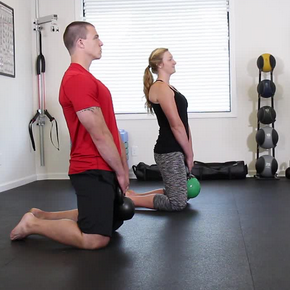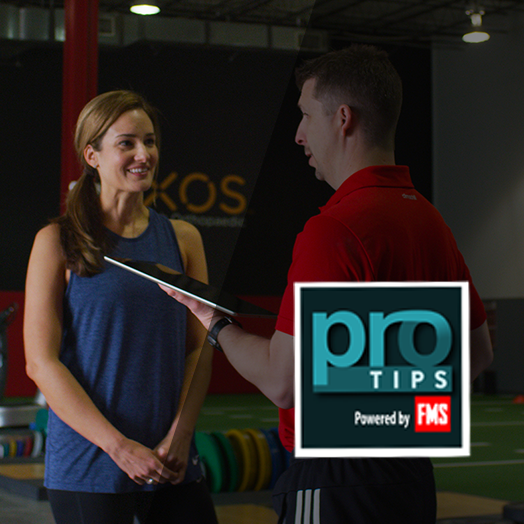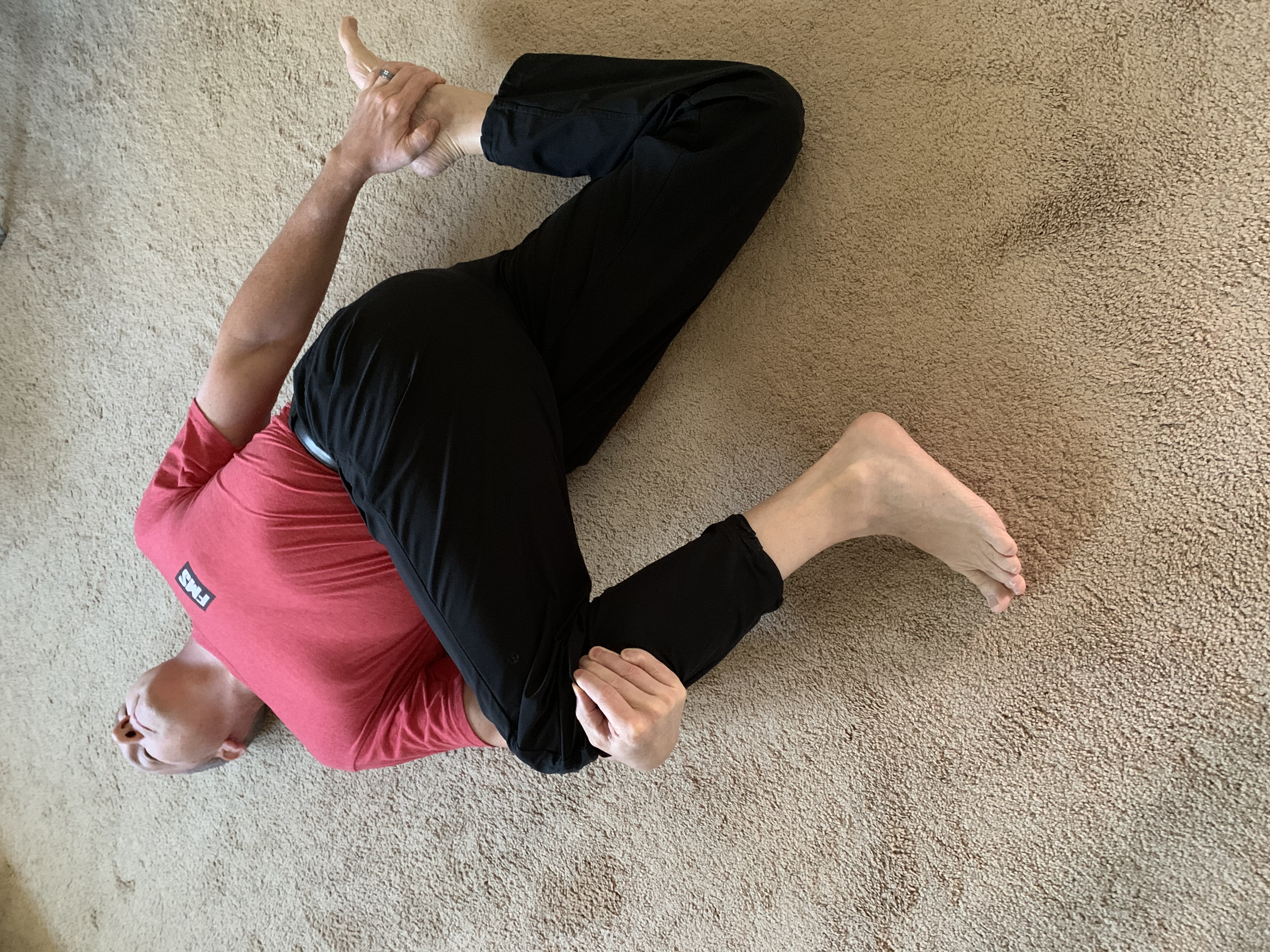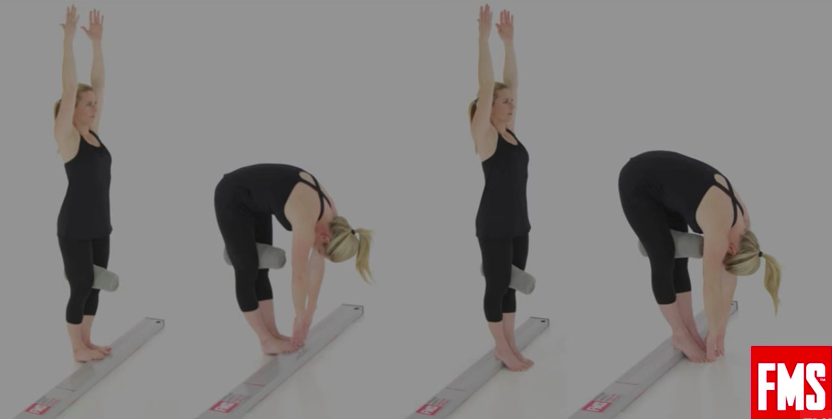Excerpted from the nine-page Appendix 7 of Movement: Functional Movement Systems—Screening, Assessment & Corrective Approaches. Gray discusses the perspectives that produced his interest in screening, assessing and training movement patterns. This short excerpt summarizes the insight provided in the unique research project that started Gray on his path, as explained in the book, Movement.
The physical therapy education at the University of Miami prepared me to ponder movement and exercise from many different perspectives. My orthopedic education was straightforward and it applied the basic principles of kinesiology and biomechanics. My learning regarding the neurological system further broadened the scope of my understanding and reasoning as I started to consider movement and its many unique problems.
Studying proprioceptive neuromuscular facilitation (PNF) and developmental movement patterns triggered a recognition of how interconnected our dynamic functional patterns really are. Movement pattern study provided perspective of the sequence of growth and development, and I became interested in movements like rolling, creeping, crawling, and kneeling and the way one movement pattern could serve as the stepping stone, an actual foundation for the next.
Neurological techniques are rarely employed in corrective exercise and orthopedic rehabilitation. They provide better perceptual opportunities for movement-pattern correction and facilitation than conventional exercises focused on an isolated approach. The addition of neurological-based thinking allows us to make perception, balance, timing and muscle tone more appropriate and to facilitate the way fundamental patterns can create functional patterns.
Neurological techniques use manual interaction and movement to adjust the volume on input and output. PNF and other techniques use passive movement, assisting movements, tactile stimulation, body position, light resistance, breath control and other forms of subtle stimulation. We must embrace ways to incorporate these methods into corrective exercise even when the neurological system is considered normal by medical standards. However, we must not apply these methods randomly. We need a standard to gauge when these techniques are most beneficial and when other methods might offer greater progress.
 Based on natural perspectives of movement and movement control, many of these perspectives are so common we ignore them. We watch babies go through the progressive postures of growth and development in which they develop command of one mode of movement and then tinker with a more challenging pattern. We watch them use different parts of their bodies for locomotion, not realizing they are stimulating better support and movement with every point of weight bearing.
Based on natural perspectives of movement and movement control, many of these perspectives are so common we ignore them. We watch babies go through the progressive postures of growth and development in which they develop command of one mode of movement and then tinker with a more challenging pattern. We watch them use different parts of their bodies for locomotion, not realizing they are stimulating better support and movement with every point of weight bearing.
We watch sports and fitness movement without considering the many spiral and diagonal movements that go into each athletic form. We fail to note the subtle torso rotation or reciprocal arm action of an elite runner, but when these movements are absent in the less-polished runner, we immediately sense the awkwardness in the movement. We note the awkwardness and yet cannot identify what is lacking.
 This is why the movement screen is introduced as a non-diagnostic tool. The FMS identifies fundamental and functional movement problems in a rating and ranking system and first seeks agreement on what should be acceptable and what should not be acceptable before suggesting corrections.
This is why the movement screen is introduced as a non-diagnostic tool. The FMS identifies fundamental and functional movement problems in a rating and ranking system and first seeks agreement on what should be acceptable and what should not be acceptable before suggesting corrections.
There is no reason to assume the neurological system is functioning efficiently or optimally just because a neurological injury or disease process is not present. Orthopedic protocols often treat poor stabilization as a strength problem, exercising muscles associated with poor stabilization waiting for strength to occur—assuming strengthening would somehow improve timing and coordination.
Most exercise and performance programs assume the current level of physiology and metabolism limits power, but what about the neuromuscular system? Maybe that could be the limiting factor. Could each of us be walking around with untapped power? Power could also be limited by the way we breathe, or by poor postural alignment. Our power could be limited by increased tone in muscles where we hold tension, or by reduced tone in muscles associated with patterns we fail to use. Power can be equally associated with the neurological state and physical state, we can make a case for formulating a more practical exercise perspective.
Without this neurological perspective, common corrective exercises are not correcting anything. These exercises simply rehearse movements that are awkward or faulty with the hope that arbitrary resistance loads will somehow create strength, integrity and competency. Are the corrective exercises designed to create a physiological demand or a neuromuscular demand? What is the weakest link? What is the most limited system?
Much corrective exercise targets tissue physiology and not motor control. It’s all highly coached verbal and visual two-dimensional move ment, and does not fit the definition of function. Often, it doesn’t make anyone react to anything, doesn’t challenge the sensory motor system. It rehearses exercises that fit the simplest application of local kinesiology. Common corrective exercises often don’t enhance perception and provide the mistakes necessary for learning.
Some rehabilitation professionals provide activity at or around the dysfunctional region, and assume motor control will spontaneously reset. These activities are not so much causing a reset, as they’re creating greater opportunity for compensation behavior. We now know that pain affects motor control in unpredictable and inconsistent ways. This coupled with poorly planned and poorly reproduced exercises give the average patient little chance of reestablishing authentic motor control. It might also speak to the research implying that previous injury is the most significant risk factor for a future injury.
It’s common to classify problems by a patient’s diagnosis or by the site of the pain. In the new model, we may use corrective exercise on regions of the body far from the site of pain. It’s possible for two patients with low back pain have completely dif ferent exercise programs. They might receive the same pain control treatments, but their movement dysfunctions may require completely different corrective exercise approaches.
 This new approach to corrective exercise works well and accelerates progress. However, two major rules are clear determinants of effectiveness. The first rule requires consideration of movement patterns alongside other parameters like physical performance and diagnosis. These considerations are the basis for the Functional Movement Systems.
This new approach to corrective exercise works well and accelerates progress. However, two major rules are clear determinants of effectiveness. The first rule requires consideration of movement patterns alongside other parameters like physical performance and diagnosis. These considerations are the basis for the Functional Movement Systems.
The second rule is an acknowledgment of natural law. Mobility must precede stability. These new reactive drills are only effective if mobility is not compromised. This means we must address mobility before expecting a new level of motor control. If there is no mobility problem, we expect the RNT drills and exercises to improve motor control and improve movement patterns. If mobility is limited, we address the mobility first.
As long as mobility is compromised, the stiffness and increased muscle tone are providing the requisite stability needed for function. If mobility is not addressed in any way, the system will not need a new level of motor control. However, if mobility is improved, a window of opportunity is opened. For a short time, the body cannot rely on stiffness and inappropriate muscle tone.
Within this window, motor control exercises that engage both the sensory and motor systems will call on primary stabilizers to work, since tightness and stiffness are temporarily not options. Dosage is everything in this window. If exercise is too stressful, the individual will default back to old patterns, and if exercise does not challenge the primary stabilizers, they will not become reintegrated into posture and movement.
The system simply requires the user to improve mobility in a region where a limitation has been identified. The patient or client is put into a posture of challenge, such as like rolling, quadruped, kneeling or half-kneeling. The person might perform movement or simply be challenged to hold the position. From the stable posture, the individual is then progressed to less stable postures, and then into dynamic movement patterns.
Babies enter the world with uncompromised mobility and follow this progression naturally. Our best efforts in exercise and rehabilitation replicate this gold standard when movement patterns are dysfunctional. Functional Movement Systems will help you learn to discern dysfunction and build a corrective strategy for healthy, authentic movement.





